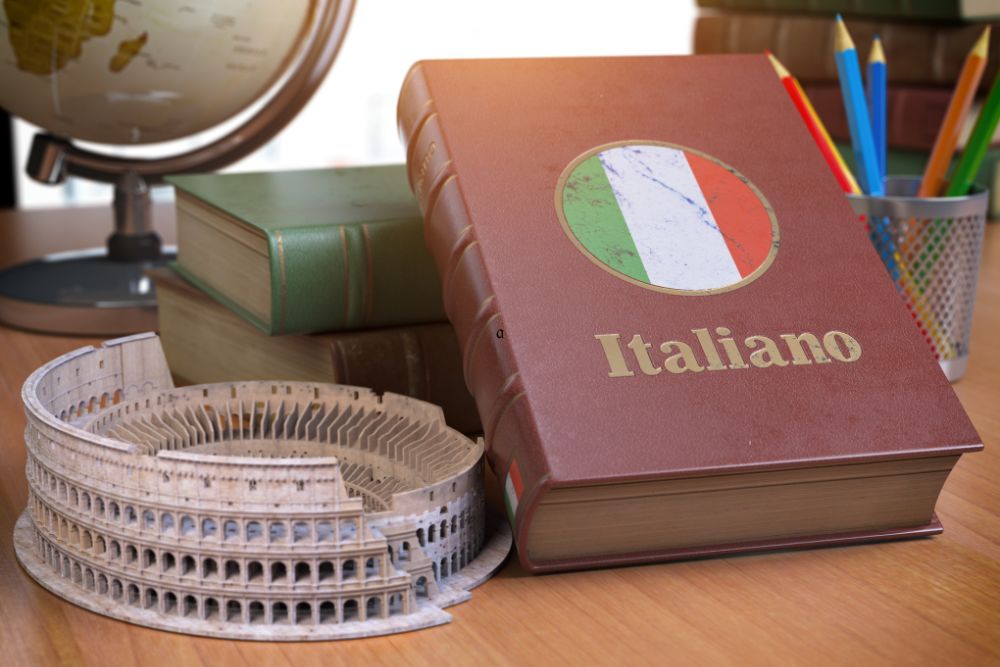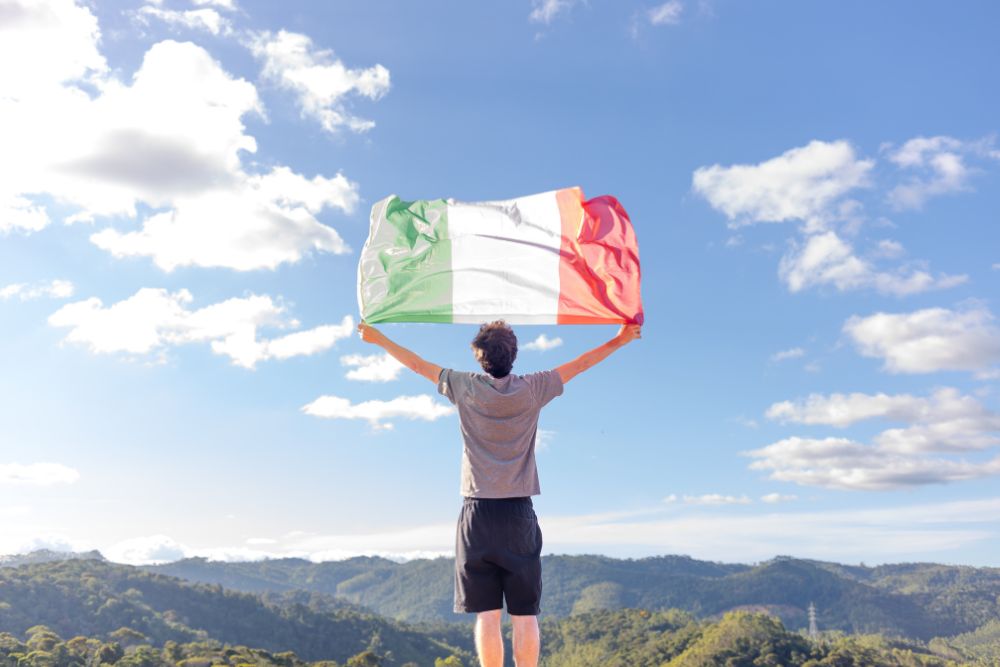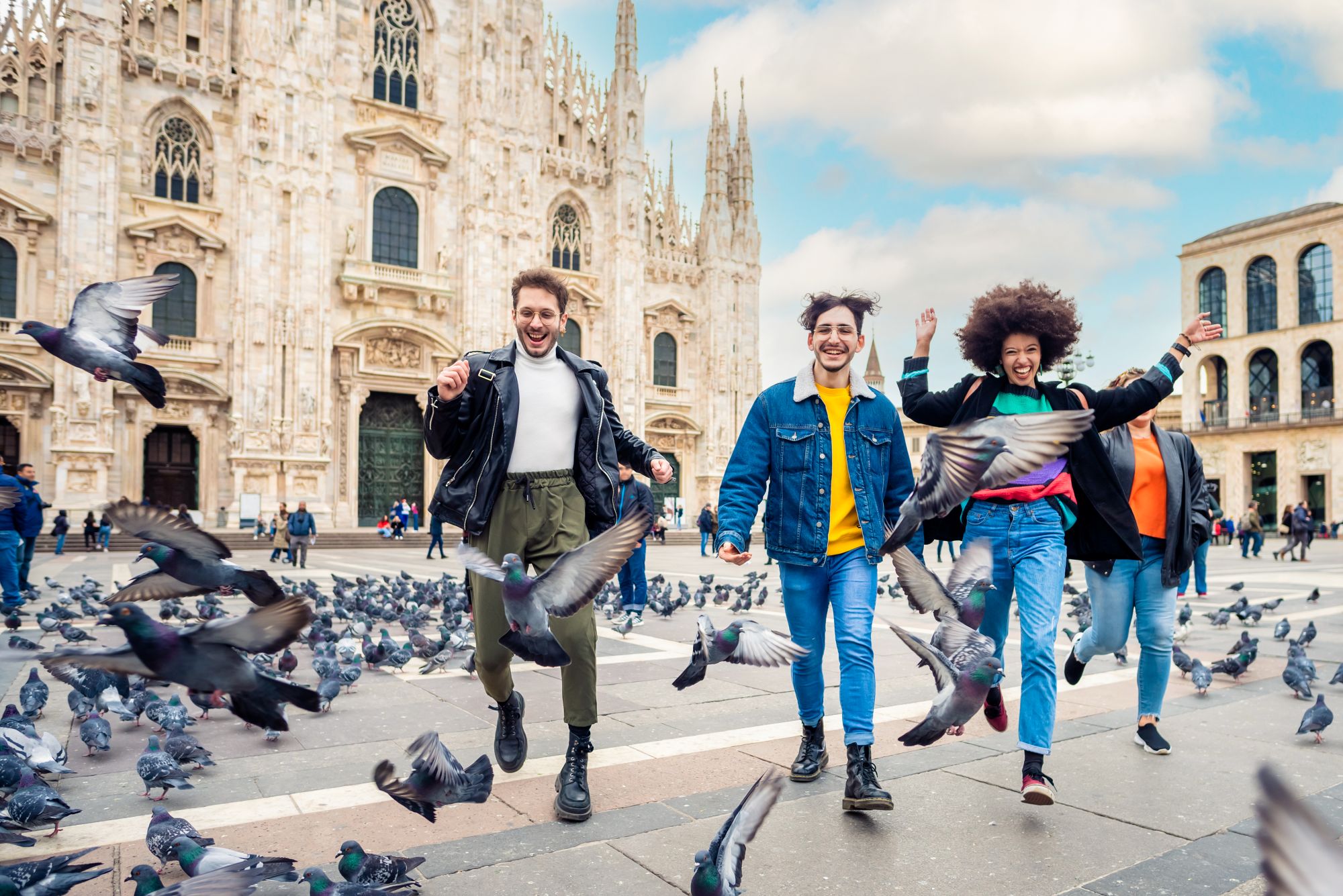Embracing italian greetings: the first step to cultural connection
Planning a summer trip to Italy? Start with the basics: greetings in Italian are more than polite phrases—they’re your first tool for creating authentic human connections. In Italy, saying “Buongiorno” (Good morning) or “Buonasera” (Good evening) isn’t just about manners. These expressions convey respect, warmth, and openness, and can transform how locals perceive and interact with you.
Understanding the distinction between formal and informal greetings is key. Use “Ciao” among friends, but opt for “Salve” or “Buongiorno” in shops, restaurants, and with strangers. These small nuances demonstrate cultural awareness and show that you’re engaging on local terms, not just as a tourist.
Integrating these expressions into everyday interactions—whether you’re entering a bar in Naples or asking for directions in Florence—opens the door to more genuine experiences. Italians deeply appreciate when visitors make an effort to speak their language, even at a basic level. A simple, well-pronounced greeting can spark a smile, a friendly conversation, or even a tip for a hidden gem nearby.
Want to go beyond the basics? Join Spaziolingua’s immersive courses to refine your pronunciation, learn proper context, and feel confident in every Italian conversation.
Dining in Italy: where language and cuisine come together
Italy’s rich culinary heritage is one of its biggest draws for summer travelers. But did you know that learning a few essential dining phrases in Italian can make your meals even more rewarding? Ordering your favorite dish in Italian or asking for a table in the local language doesn’t just help you get by—it enhances your connection to the culture.
Start with “Vorrei prenotare un tavolo per due” (I’d like to reserve a table for two) or “Il conto, per favore” (The bill, please). These are basic but powerful. Want to dive deeper? Ask for recommendations with “Cosa consiglia?” (What do you recommend?), or clarify ingredients with “Cosa c’è in questo piatto?” (What’s in this dish?).
These moments offer more than just practice—they’re opportunities to build rapport with locals, understand regional dishes, and uncover culinary traditions you won’t find in guidebooks. Every interaction becomes a learning moment, wrapped in the joy of delicious food.
Learning food-related vocabulary also helps you explore Italy’s regional diversity—from risotto in Milan to arancini in Sicily—giving depth to every bite and every conversation.
Ready to speak food fluently? Discover Spaziolingua’s cultural language programs where you’ll practice real-life restaurant interactions and learn the language of Italian cuisine.
Exploring Italy: navigating public transportation with ease
Italy’s vast and efficient public transportation network is a dream for travelers—connecting iconic cities like Rome, Florence, and Venice with charming countryside towns. But without some essential Italian transport phrases, navigating this system can be overwhelming. Knowing the right words makes the difference between confidently boarding the right train and missing your stop.
Start with the basics. At a ticket counter, say: “Vorrei un biglietto per Firenze, per favore” (I would like a ticket to Florence, please). You may hear “Binario cinque” (Platform five)—crucial for catching the correct train. On buses, ask: “Questa fermata va a Piazza Navona?” (Does this stop go to Piazza Navona?) to ensure you’re headed in the right direction.
Recognize signs such as “uscita” (exit), “entrata” (entrance), “ritardo” (delay), and “orario” (schedule). Terms like “andata” (one-way) and “andata e ritorno” (round trip) will help when purchasing tickets. These words will not only get you from A to B—they’ll also help you avoid confusion and enjoy your trip stress-free.
Speaking even a little Italian in transit situations often results in more helpful responses and warmer interactions. Locals are generally kind and supportive when they see travelers making the effort to communicate in their language.
Want to travel Italy with confidence? Join Spaziolingua’s practical Italian courses focused on real-world situations, including navigating stations and buying tickets with ease.

Shopping in Italy: communicating effectively in markets and boutiques
From designer boutiques in Milan to colorful open-air markets in Sicily, shopping in Italy is a cultural experience as much as a transactional one. To make the most of it, learning key shopping phrases in Italian will enrich your interactions and lead to more satisfying purchases.
Begin with a warm greeting—“Buongiorno” or “Buonasera”—as this immediately shows respect. When browsing, asking “Quanto costa?” (How much does it cost?) is essential. If you’d like to try something on, say: “Posso provarlo?” (Can I try it on?). Ready to buy? “Lo prendo” (I’ll take it) is your go-to phrase.
Understanding responses like “È in saldo” (It’s on sale) or “Non abbiamo la taglia” (We don’t have that size) allows you to react appropriately. You might also use “Ci penso” (I’ll think about it) to politely decline without closing the door entirely.
Using Italian in shops not only streamlines communication—it deepens your connection to the culture and invites a more personal exchange. You may even discover local brands, artisan goods, or special offers that wouldn’t be visible without conversing in the language.
Curious how ready you are to shop like a local? Take our free Italian level test and find out where you stand—it’s the first step to mastering real-life conversations with confidence.
Dining out: navigating italian Menus and Restaurant Etiquette
Eating out in Italy isn’t just about food—it’s about embracing a cultural ritual. From the moment you walk into a trattoria or ristorante, you’re participating in a centuries-old tradition rich in language and etiquette. Knowing how to read a menu and interact respectfully with staff elevates your entire dining experience.
Begin with a simple yet respectful “Buonasera” (Good evening) as you enter. Requesting a table with “Un tavolo per due, per favore” (A table for two, please) is common practice. Italian menus are typically divided into antipasti (appetizers), primi (first courses, often pasta or risotto), secondi (main courses, usually meat or fish), contorni (side dishes), and dolci (desserts). Recognizing these categories helps you navigate confidently and make informed choices.
If you have dietary needs, don’t hesitate to say: “Sono allergico alle noci” (I’m allergic to nuts) or “Sono vegetariano” (I’m vegetarian). These clear, respectful statements ensure your safety and help restaurant staff accommodate you properly. When you’re ready to leave, “Il conto, per favore” (The bill, please) is the phrase to remember.
Mastering this vocabulary and etiquette shows respect for local customs and earns you more personalized, welcoming service. It also helps you slow down, savor each course, and appreciate the Italian approach to food as a shared, joyful experience.
Want to dine like an Italian? Join Spaziolingua’s food-focused language programs and gain the vocabulary and etiquette needed to turn every meal into a cultural moment.
Handling emergencies: essential italian phrases for safety
While your Italian getaway will likely be filled with beauty and adventure, it’s wise to be prepared for the unexpected. Learning emergency-related phrases in Italian empowers you to act swiftly and clearly should a problem arise—and could even make a critical difference in certain situations.
If you’re in immediate need of help, “Aiuto!” (Help!) is the universal word to shout. In more specific cases, say: “Chiamate la polizia!” (Call the police!) or “Ho bisogno di un medico” (I need a doctor). These expressions are short, clear, and potentially life-saving.
In less urgent situations, knowing how to ask “Dov’è l’ospedale?” (Where is the hospital?) or “C’è una farmacia qui vicino?” (Is there a pharmacy nearby?) helps you navigate health or safety needs effectively. Be sure to also recognize the terms “ambulanza” (ambulance), “emergenza” (emergency), and “documenti” (documents), especially in situations involving police or medical services.
Having a few of these phrases at your fingertips helps keep you calm, in control, and understood when it matters most. It also reassures locals and authorities that you’re making an effort to communicate clearly and respectfully, which often leads to faster, more helpful assistance.
Stay prepared. Enroll in Spaziolingua’s practical Italian modules and learn how to handle emergencies, ask for help, and protect yourself while exploring Italy with peace of mind.
Embracing italian etiquette: cultural insights for travelers
Traveling through Italy is more than sightseeing—it’s about engaging with people and traditions that define the Italian way of life. Understanding Italian etiquette and social norms not only helps you avoid awkward situations, but it also enriches your interactions and shows genuine cultural respect.
Start with greetings. Always say “Buongiorno” or “Buonasera” when entering shops, restaurants, or even elevators. These small signs of courtesy are deeply ingrained in Italian daily life. In restaurants, wait for everyone to be served before eating and say “Buon appetito”—a gesture of conviviality and respect.
When addressing others, use “Signore” (Mr.), “Signora” (Mrs.), or “Dottore/Dottoressa” when appropriate. This is especially important in formal or professional settings. Eye contact, warm tone, and appropriate physical gestures—like a light handshake—are all valued forms of social expression.
Punctuality matters more in business or formal environments, while casual meet-ups may be more flexible. Tipping is appreciated but not expected—rounding up the bill or leaving a small token is a polite way to show gratitude.
These cultural behaviors may seem minor, but they create positive impressions and deeper human connections. They show you’re not just visiting Italy—you’re engaging with it thoughtfully and respectfully.
Want to master the art of Italian manners? Discover Spaziolingua’s cultural immersion programs and develop the social fluency to navigate Italy with grace and authenticity.
Conclusion: embark on your italian journey with confidence
Preparing for your Italian summer adventure is more than booking flights and packing sunscreen—it’s about getting ready to communicate, connect, and truly experience the culture around you. Learning essential Italian phrases gives you the tools to explore with ease, and more importantly, it opens the door to richer, more personal travel moments.
Whether it’s greeting a shopkeeper, ordering a regional delicacy, or asking for help in an emergency, speaking Italian—even a little—builds trust and rapport with locals. It shows you care about their culture and are curious about their world.
Spaziolingua’s programs are built to support exactly this kind of transformational travel. With courses tailored for practical use, cultural fluency, and real-world interactions, you’ll not only learn Italian—you’ll live it. Our supportive community, expert instructors, and immersive experiences help you prepare not just linguistically, but emotionally and socially for life in Italy.
This summer, don’t just visit Italy—belong in it.
Ready to make your Italian journey unforgettable? Enroll in Spaziolingua’s Intensive Italian Courses and start speaking, understanding, and connecting—one phrase at a time.
Test your level of Italian
Discover Milan while mastering Italian
Milan in spring is a city bursting with life, culture, and opportunities for immersive language learning. Whether you’re exploring historical landmarks, enjoying an aperitivo, or taking part in seasonal events, every experience is a chance to practice Italian in an authentic and engaging way.
Enhance your learning through guided city walks, conversational practice, and cultural activities tailored to language learners. Don’t just visit Milan—experience it through its language, people, and traditions.
Ready to stroll through Milan while mastering Italian? Join Spaziolingua’s courses and experiences today!







